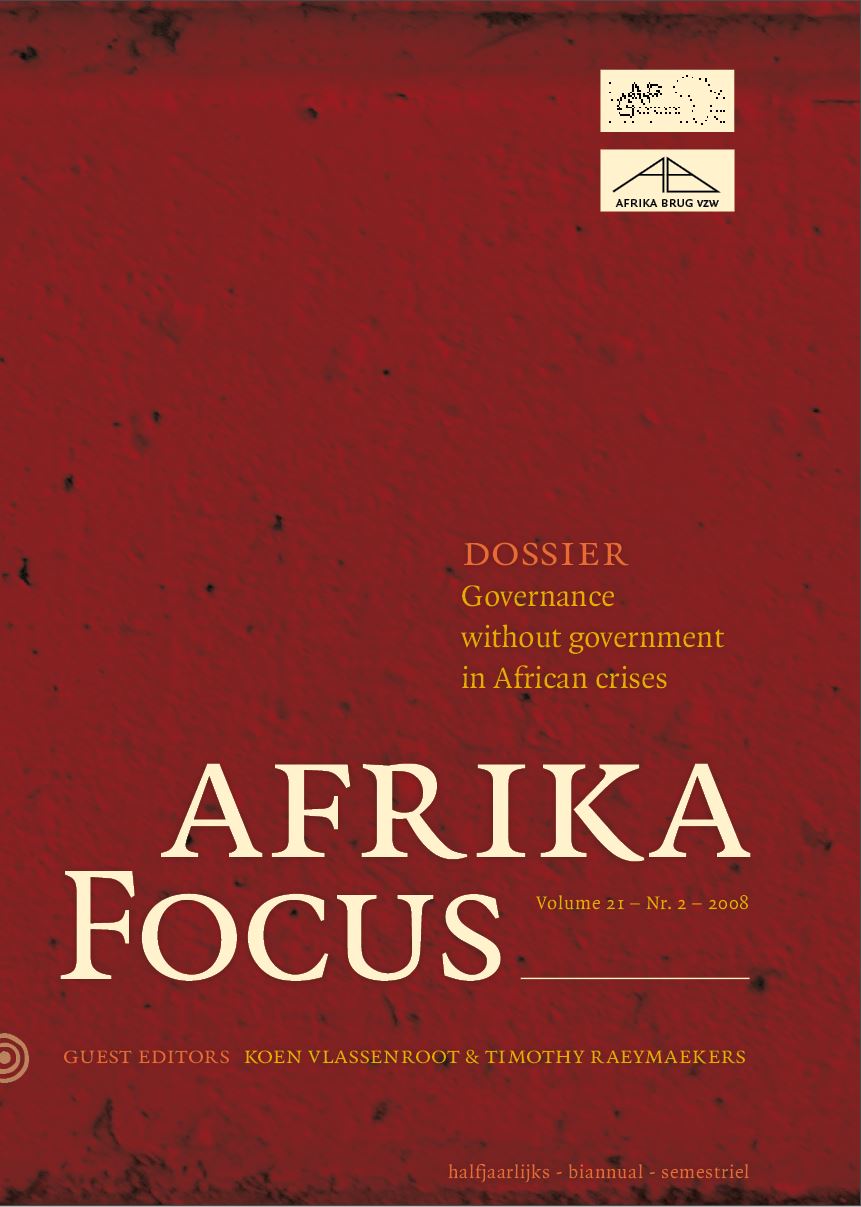New political order in the DR Congo? the transformation of regulation
DOI:
https://doi.org/10.21825/af.v21i2.5047Abstract
It has been said repeatedly: the Democratic Republic of Congo (formerly Zaire) remains only a shadow of its former self, a typical case of state failure and collapse. Closer observation suggests a different image, however: not only has this country demonstrated “a remarkable propensity for resilience” (Englebert, 2003), its administration and regulatory frameworks – which in some domains have not changed since colonial times – have remained largely intact even during the latest period of war and political turmoil. In this article, we would like to explain these different “cross currents and contradictions” (Young, 2004) that emerged during the past Congolese war, addressing the question of whether processes of state erosion and political reconfiguration during this period should be described as a further “privatisation of the state”, as proposed by Hibou and others, or rather as a transformation or commodification of state sovereignty. The article is organized diachronically: it first discusses the Mobutu period (1965-1997), and then the war (1996-2003), to finally draw some conclusions from Congo’s long period of political “transition”. Key words: Congo, conflict, non-state regulation, Armed groupsDownloads
Published
How to Cite
Issue
Section
License
Authors who publish with this journal agree to the following terms
Authors retain copyright and grant the journal right of first publication with the work simultaneously licensed under a Creative Commons Attribution License that allows others to share the work with an acknowledgement of the work's authorship and initial publication in this journal.
Authors are able to enter into separate, additional contractual arrangements for the non-exclusive distribution of the journal's published version of the work (e.g., post it to an institutional repository or publish it in a book), with an acknowledgement of its initial publication in this journal.
Authors are permitted and encouraged to post their work online (e.g., in institutional repositories or on their website) prior to and during the submission process, as it can lead to productive exchanges, as well as earlier and greater citation of published work (See The Effect of Open Access).


